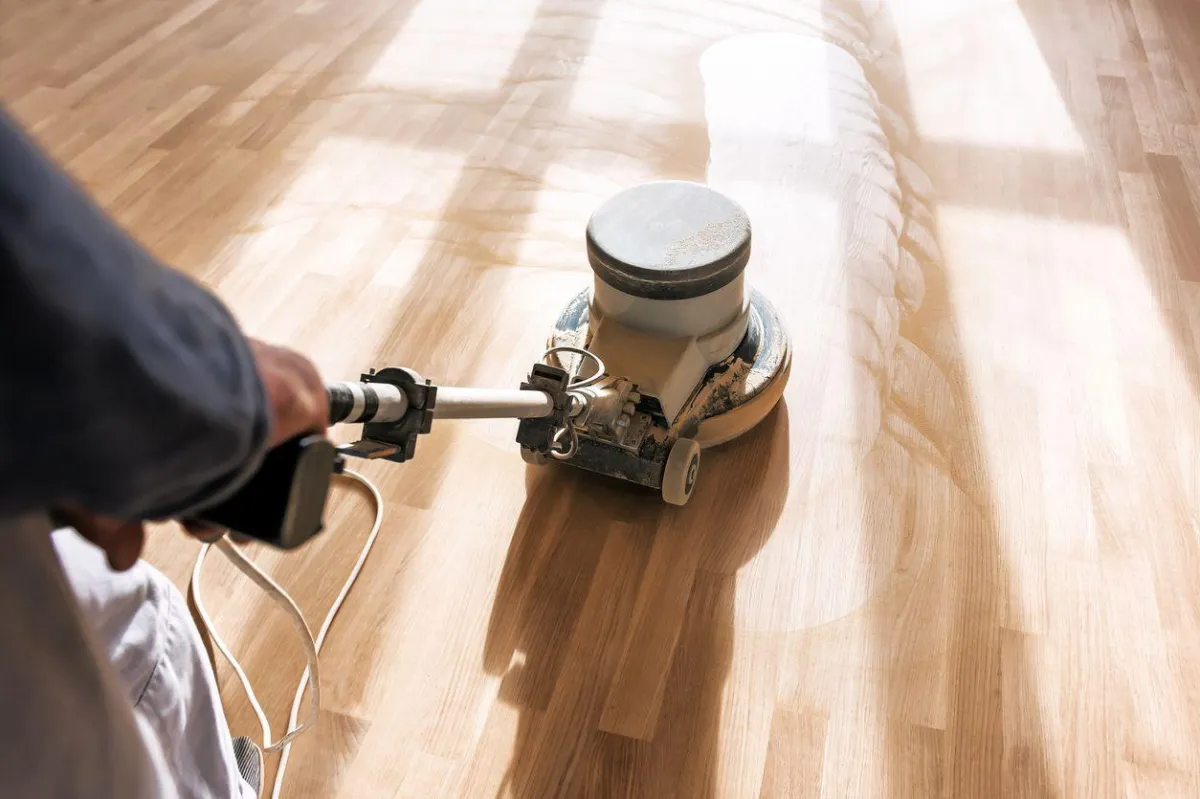
Hardwood Floors? Don't Make These Cleaning Mistakes
When it comes to interior design, beautiful hardwood floors are hard to beat. In fact, according to experts, hardwood floors can add 2% – 5% to the resale value of your home. And the National Wood Flooring Association says that 90% of real estate agents confirm that homes with hardwood floors sell for more.
But to ensure the value hardwood floors add to your home, it’s essential that you keep them in tip-top shape. With that in mind, when cleaning your wood floors, the editors at Real Simple recommend not doing the following:
Using too much water. Wood is porous and absorbs water, so using a mop that’s too wet can lead to warping and swelling over time. Make sure your mop is damp, not wet, and use only small doses of cleaning solution.
Using a traditional mop. Speaking of mops, avoid using a conventional string-style mop on your wood floors. Opt for a mop fitted with a microfiber pad instead. String mops tend to hold excess water, which can harm wood floors—the same goes for steam mops. So stick to a microfiber pad used with a gentle cleaning solution. If your floors appear damp a few minutes after cleaning, go back over them with a dry pad to remove excess water.
Using harsh chemicals. Bleach and ammonia-based cleaners are never a good idea for wood floors as they may lead to discoloration, erode the finish and damage deeper layers. The result will be dull floors that are vulnerable to scratches.
Using oil soaps. Oil-based soaps can dull the finish of hardwood floors and leave behind a slippery residue, attracting dirt and jeopardizing the gleaming finish of the wood. Opt for natural cleaners that are pH-neutral or cleaning solutions designed expressly for hardwood floors.
Using vinegar. While vinegar is often touted as an effective and natural all-purpose cleaner, it is too acidic for your wood floors and can wear down their protective finish over time.
Using abrasive cleaning tools. Abrasive scrubbers or cleaning pads are too harsh for hardwood floors and can lead to scuffs and damage. Opt for soft clothes or microfiber cloths, and vacuum first to pick up dirt.
Using floor wax. While floor wax promises to leave behind a shining floor, it can yellow over time and only be removed with a chemical stripper that will damage your wood floor. Instead of floor wax, use a gentle cleaner then buff your floor with a dry microfiber mop.
Now that you are armed with the proper knowledge for cleaning your wood floors, do so regularly to ensure they stay gleaming for many years to come.

